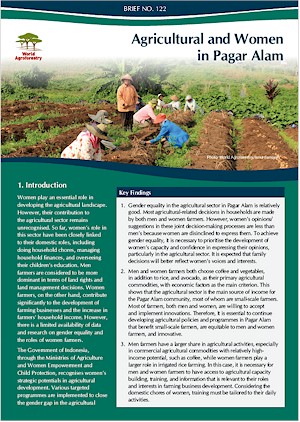From a broad review of 670 publications on gender and forests, ~130 were found to address the world's dry forests. These were examined with the intent to extract gendered social, cultural, political and economic patterns of relevance in such forests. Seven interrelated themes recurred in this literature: 1) population pressure, 2) migration, 3) intra-familial and inter-group conflict, 4) hierarchy and significant power differences, 5) strict gender differentiation, 6) commercialization of crops and NTFPs, and 7) fuelwood collection. Based upon these themes, the uniqueness of each situation and the importance of finetuning any approach to local realities to generate outcomes that can benefit women, we propose four promising ways to enhance the prospects for gender equity in dry forest areas: 1) a strengthening of groups and collective action, 2) explicit challenges to traditional gender norms, 3) a focus on products and spaces that interest women, and 4) addressing migration and population issues.
Download:
DOI:
https://doi.org/10.1505/146554815815834877
Score Altmetric:
Dimensions Nombre de citations:




















